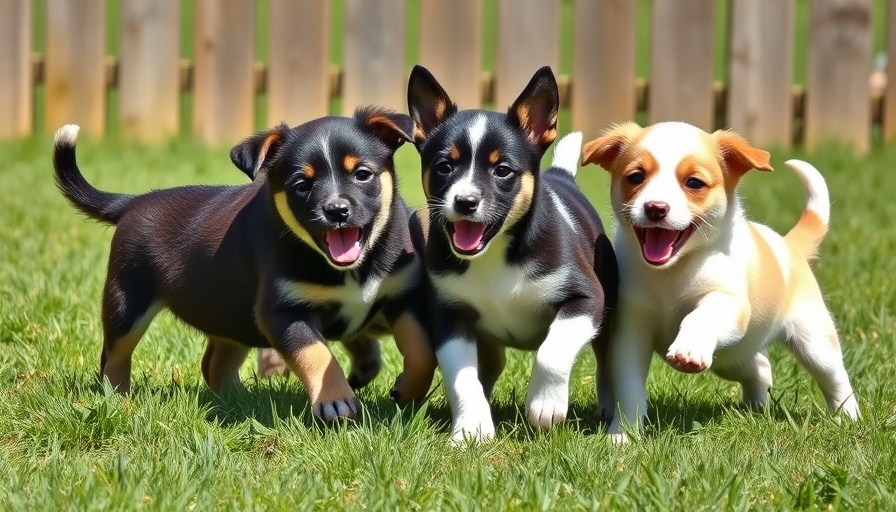
Unlocking the Benefits of CBD for Pets
The world of pet care is evolving, and with it comes an exciting new product designed to enhance the well-being of our furry friends: CBD soft chews. Extract Labs, a veteran-owned company, has recently introduced its Fetch line of CBD soft chews, tailored specifically for dogs and cats. These delightful treats, available in flavors such as Digestive Pumpkin, Hip & Joint Collagen, and Maple Bacon, are formulated with full-spectrum hemp oil and other wholesome ingredients. Each chew delivers 10mg of Cannabidiol (CBD), aimed at addressing common health issues in pets.
What Makes These Chews Special?
Pet owners know that their beloved companions can experience a range of challenges, from digestive troubles to joint discomfort and the stress of environmental changes. Extract Labs’ new soft chews are designed to provide targeted support for these issues. “Pets have similar endocannabinoid systems to humans and can reap the same benefits from CBD,” explained Craig Henderson, the company’s founder and CEO. This connection reinforces the potential for CBD to be a natural remedy that enhances pets' quality of life, promoting gut health, easing joint stiffness, and calming anxious pets.
Quality You Can Trust
Extract Labs takes pride in their commitment to quality, as evidenced by their Fetch chews carrying the National Animal Supplement Council (NASC) quality seal. This certification is not just a badge of honor; it signifies that the products meet strict quality and safety standards, giving pet owners reassurance that they are making a wise choice for their pets’ health. Ingredients like collagen, organic oat flour, and non-GMO components make these treats a safe and nutritious option for your furry friends.
Rising Popularity of CBD in the Pet Wellness Industry
The burgeoning market for pet supplements, especially those infused with CBD, reflects a growing recognition of the importance of holistic care in pet wellness. As seen in the recent trend highlighted by Martha Stewart's own line of CBD-infused dog treats, the acceptance of CBD is expanding beyond traditional users to encompass pet owners seeking natural solutions. The market for pet CBD products was estimated at roughly $426 million in 2020, with projections indicating it may exceed $1 billion by 2024.
Making Informed Choices for Pet Health
As more pet owners consider the integration of CBD into their pets’ wellness routines, it's crucial to approach these decisions with informed care. Consulting with veterinarians about the use of CBD and understanding how it interacts within your pet’s unique system can make the difference. Whether addressing anxiety, mobility issues, or digestive problems, taking proactive measures to enhance your pet's health is a rewarding journey for both owner and pet.
Conclusion
The launch of Extract Labs’ CBD soft chews for pets exemplifies the trend toward natural, effective wellness options for our four-legged companions. With its quality ingredients and commitment to pet health, this product line shows promise not just for immediate health benefits, but for fostering a longer, happier life for pets. By considering such innovative solutions, pet owners can navigate the evolving landscape of pet care with confidence.
 Add Row
Add Row  Add
Add 




Write A Comment